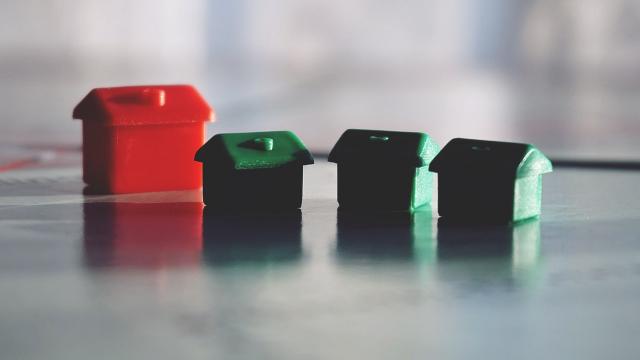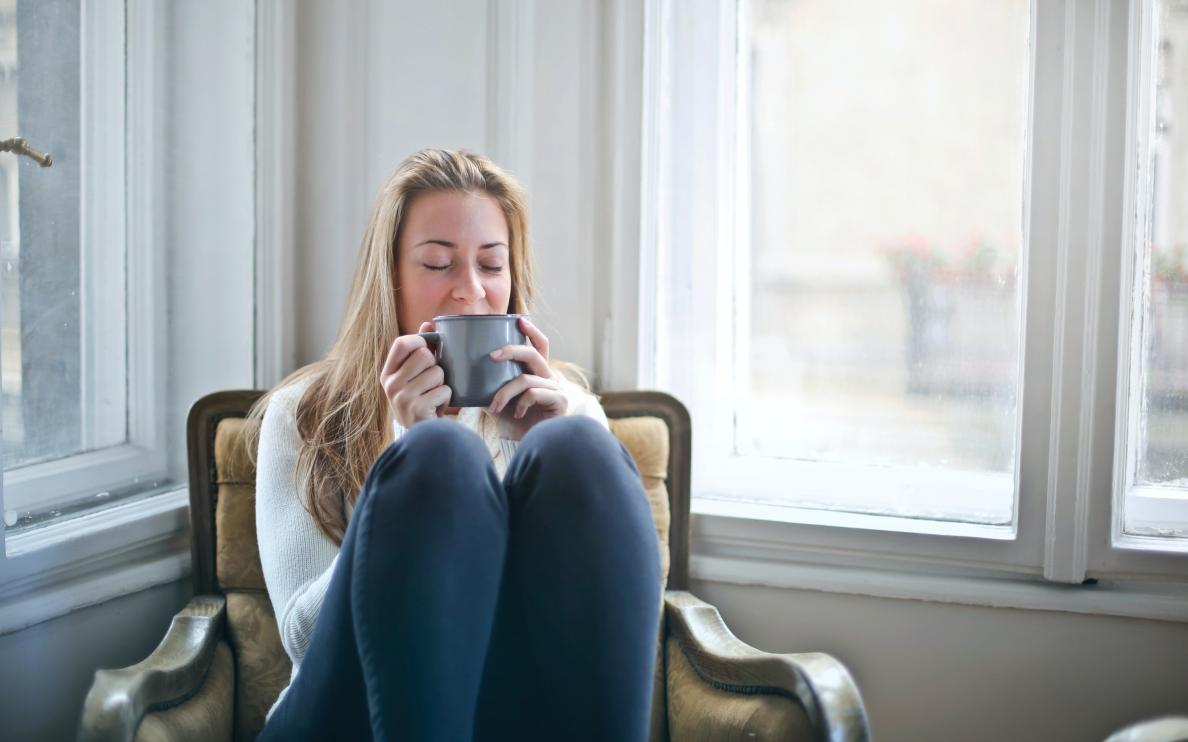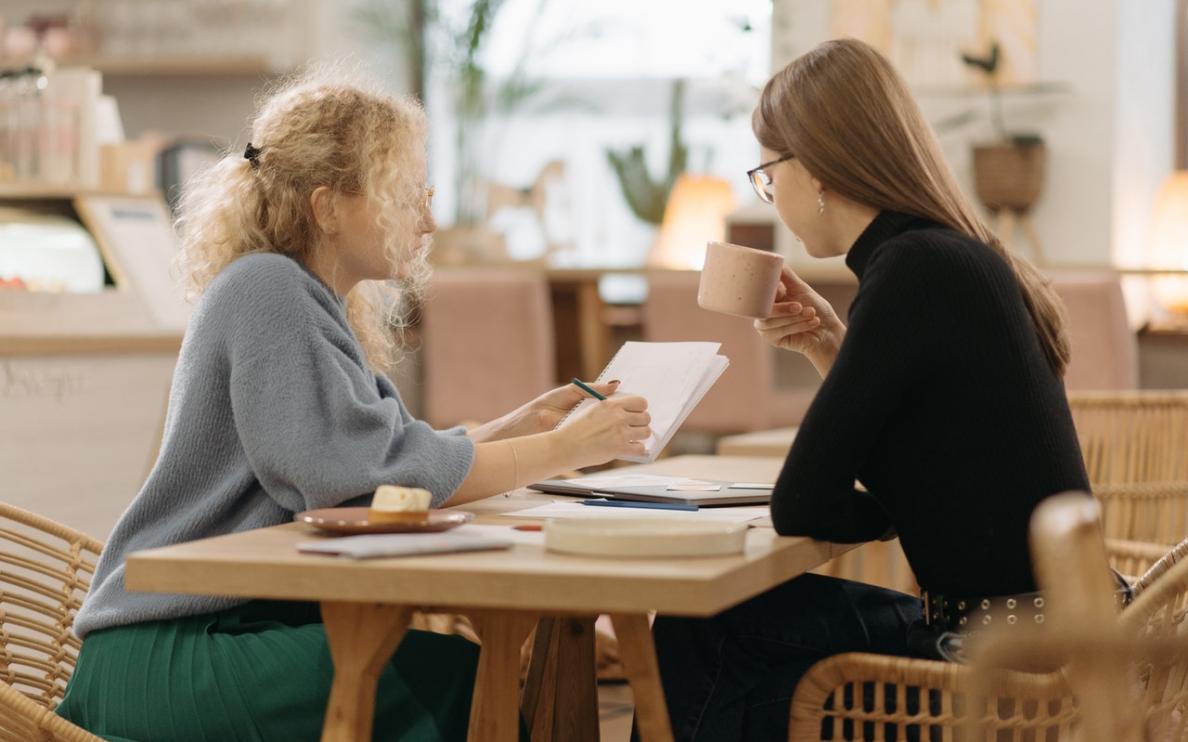Main
Usually, this involves the tightening up of the building envelope, i.e. tighter window and door integration, the sealing of envelope leakage and increased insulation to slow the movement of thermal energy in and out of the indoor spaces. New builds incorporate new technologies easily but what is happening with older buildings? We are retrofitting them, making them tighter, too. But increasingly, we are seeing issues with moisture because the refurbishment has neglected to compensate for the losses of air movement and influx of fresh air.

The symptoms include mold, mildew and subsequent damage to materials, loss of property value and harm to human beings, such as disease, allergies, etc. In addition, hot, humid air is unpleasant and not conducive to the healthy indoor environments we desire, but that’s not the end of it. Such conditions facilitate the emission of toxic particles and fumes from electronic devices, appliances, fabrics and building materials. Without suitable ventilation, careful design and skilled execution, a building and its users can end up much worse off than before an energy retrofit.

ventilation
Air quality and your productivity and health
With people spending about 90% of their lives indoors, buildings have a substantial impact on the health and well-being of their occupants.

ventilation
How indoor climate affects us
There are many factors at play in an indoor setting that can cause our bodies and minds to feel and think differently - temperature, humidity and air pollution being the main contributors.
